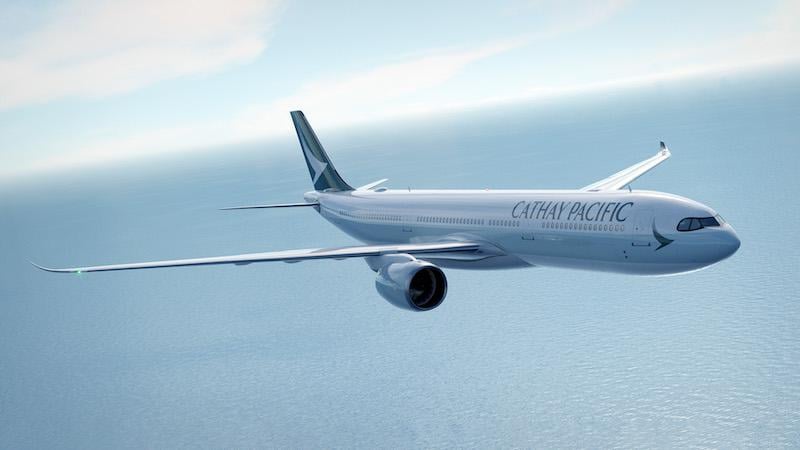
The A330neo order is the third major aircraft order campaign completed by Cathay since the pandemic.
Credit: Airbus
Cathay Pacific has selected the Airbus A330-900 to fulfill its midsize widebody requirement, signing a deal with the manufacturer to order 30 of the aircraft with purchase rights for an additional 30. Deliveries are due to begin in 2028 and conclude in 2031. The deal was announced in conjunction...
Subscription Required
Cathay Reveals Major A330neo Order For Replacement, Growth is published in Aviation Daily, an Aviation Week Intelligence Network (AWIN) Market Briefing and is included with your AWIN membership.
Already a member of AWIN or subscribe to Aviation Daily through your company? Login with your existing email and password
Not a member? Learn how to access the market intelligence and data you need to stay abreast of what's happening in the air transport community.





